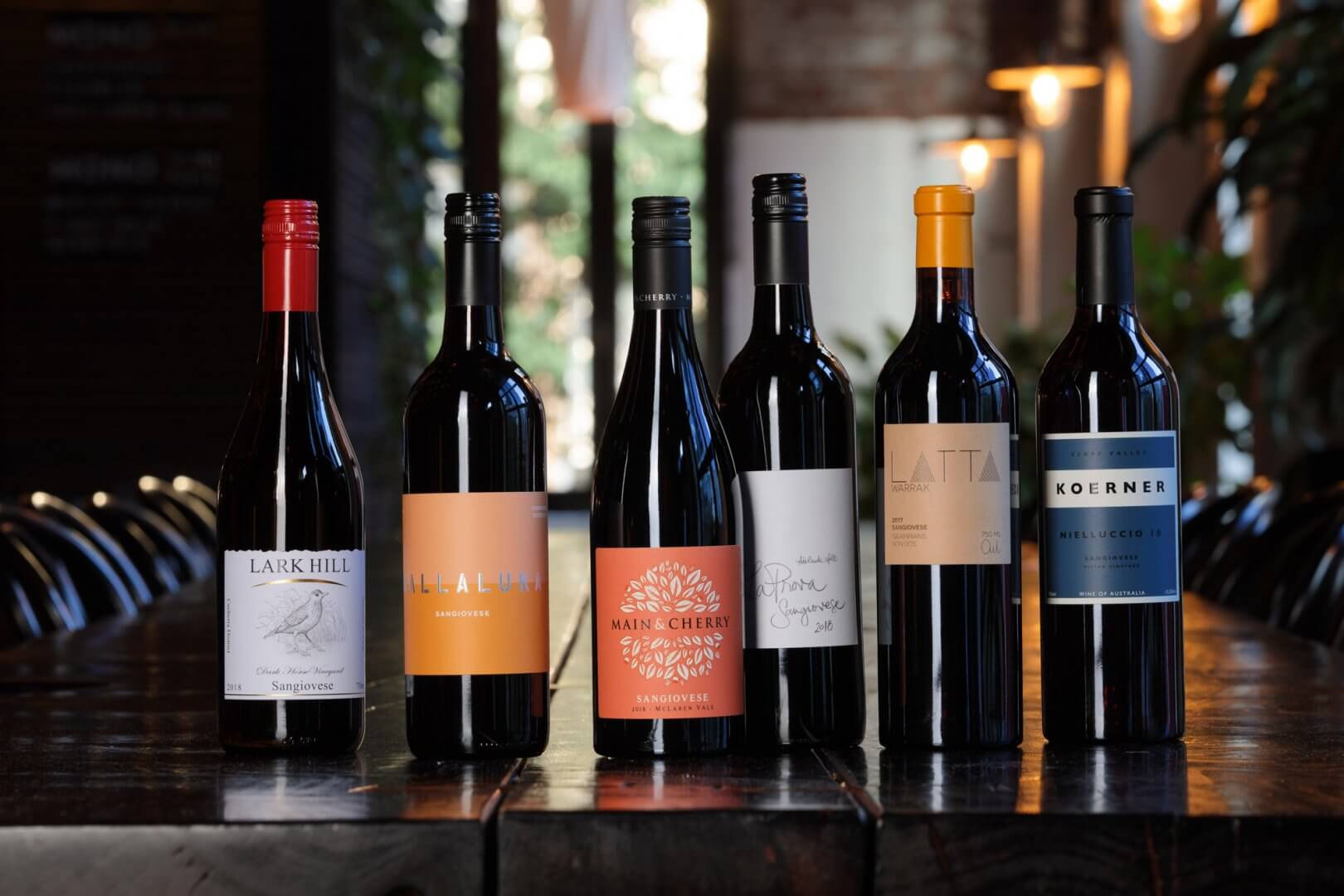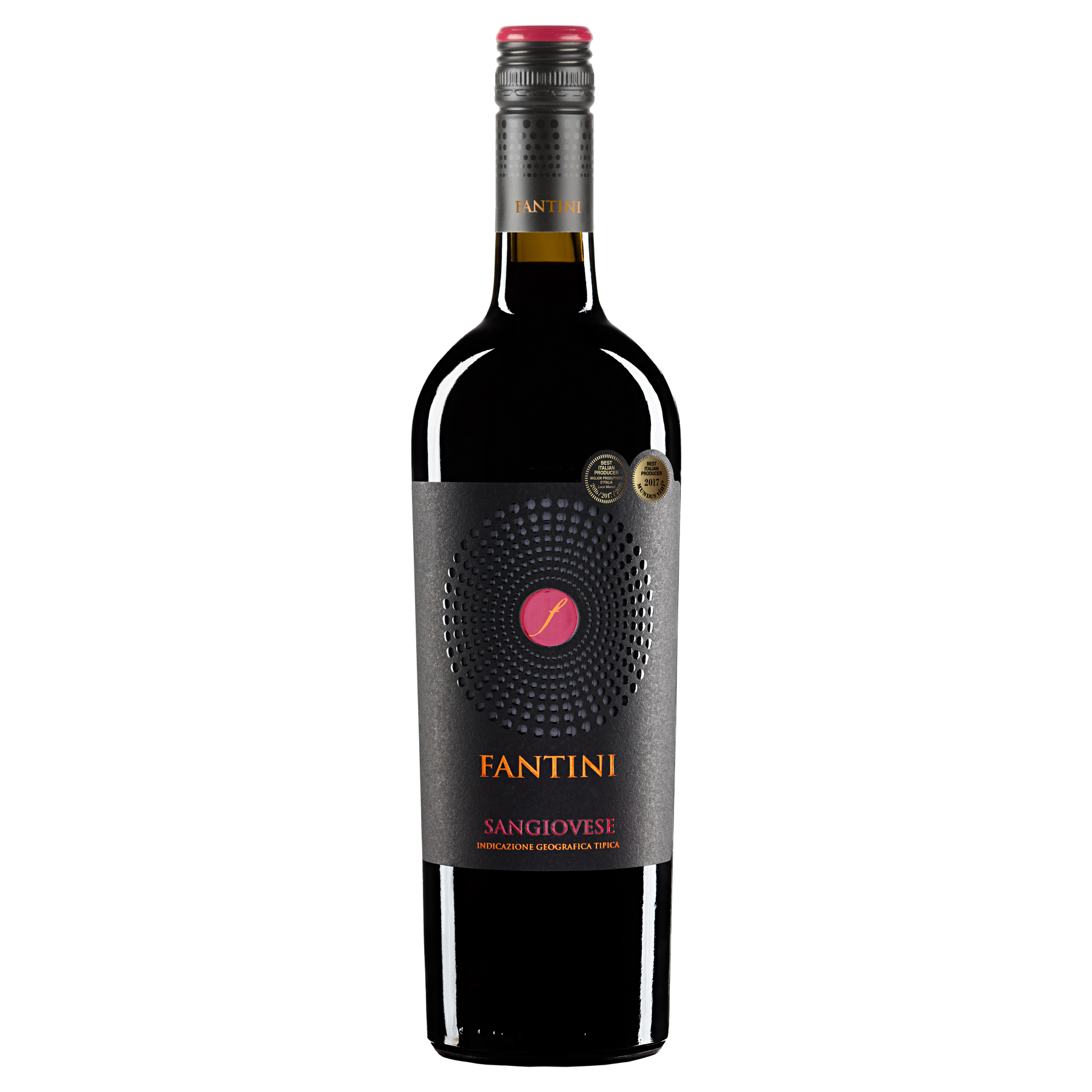

While the reputations and price points may associate them with more historic wines, they were “born” only in the last half a century. Super Tuscans are a relatively recent development in the world of wine.
#SANGIOVESE WINES FULL#
The wine can be ripe and full with depth and intensity or lighter with elegant structure and balance. Modernist, traditionalist, and combinations of the two exist. It also has one of the widest spectrums of style. Offering aromas of truffles and tobacco, flavors of cherries and chocolate, Brunello is among Italy’s most seductive wines. In wine circles, it is often mentioned in the same breath as Barolo, Barbaresco, and the big names outside of Italy.

Today, Chianti Classico is a beacon for quality wine produced on a larger scale.īrunello di Montalcino DOCG may only be made with Sangiovese. From a critical standpoint, Brunello di Montalcino is arguably the most important appellation in Toscana. The Chianti Classico Consortium brought the focus back on Sangiovese, with at least 80% of the variety required for a wine to be labeled Chianti Classico (while regular Chianti wines only require 70%). In 1984, Chianti Classico earned DOCG status, which increased regulation within the appellation, and instated strict regulations (like eliminating superfluous blending with other grape varieties). Poorly produced and overly acidic, these wines gave Chianti a bad reputation for many years.

However, there was an enormous swell of production of Chianti in the late 1960s. The Chianti Classico Consortium was founded in 1924, to safeguard its trademark and the bond between the Black Rooster wine and its specific production zone (note that Chianti Classico can only be produced in a specific area, while regular "Chianti" can be produced outside the zone). By the early 1900s, the rest of the world caught on, and Chianti wines was in high demand on a global level. Sangiovese has always been the primary grape for Chianti, a full-bodied red wine produced in the heart of Toscana since the 13th century. Over the next thousand years, the dark-berried vine was cultivated primarily in its native Tuscan hills what a difference a century has made! CHIANTI When we experience the deep flavor, high acidity, and tannins in a wine made with 100% Sangiovese, we totally get it. Jove, called Jupiter and Zeus in Roman and Greek mythology respectively, was king of all the gods. The first records of Sangiovese can be traced back to the age of Etruscan winemaking, when the grape was named for “the blood of Jove.” This was no trivial nomenclature. Throughout its storied past, the grape has paved the way for Italian wines while simultaneously been at the heart of several viticultural controversies. However, Sangiovese has not always been admired. We know and love the Tuscan variety, from full-bodied red wines like Chianti and Brunello di Montalcino, as well as for being the catalyst of the Super Tuscan style. Sangiovese, the most widely planted grape in Italy, is at once famous and infamous.


 0 kommentar(er)
0 kommentar(er)
